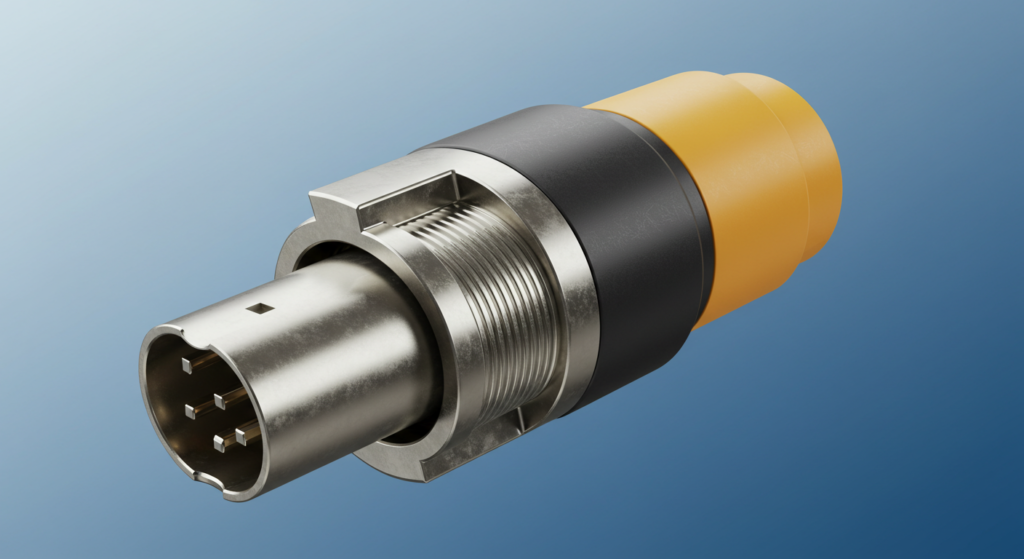What is Medium Voltage Cable
What is Medium Voltage Cable? Learn about this essential electrical equipment used for power distribution.

Are you struggling to choose between parallel connectors and butt connectors for your electrical wiring project? Don’t let this decision short-circuit your progress. In this article, we’ll break down the key differences between these two connector types to help you make an informed choice that ensures a safe, reliable, and efficient electrical connection.


A parallel connector, also known as a T-tap or quick splice connector, allows you to tap into an existing wire without cutting it. It features a main channel for the existing wire and a secondary channel perpendicular to it for the wire you want to connect. The connector’s metal teeth pierce the wire insulation, creating an electrical connection between the two wires.
A butt connector is used to join two wires end-to-end. It consists of a cylindrical metal sleeve with a crimp on each end. To use a butt connector, you strip the insulation off the ends of the wires, insert them into the connector from opposite ends, and crimp the connector to secure the connection.
The primary difference between parallel connectors and butt connectors lies in how they connect wires:
When it comes to strength and durability, butt connectors have the edge:
Both connector types have their pros and cons when it comes to installation:
Cost is another factor to consider when choosing between parallel connectors and butt connectors: